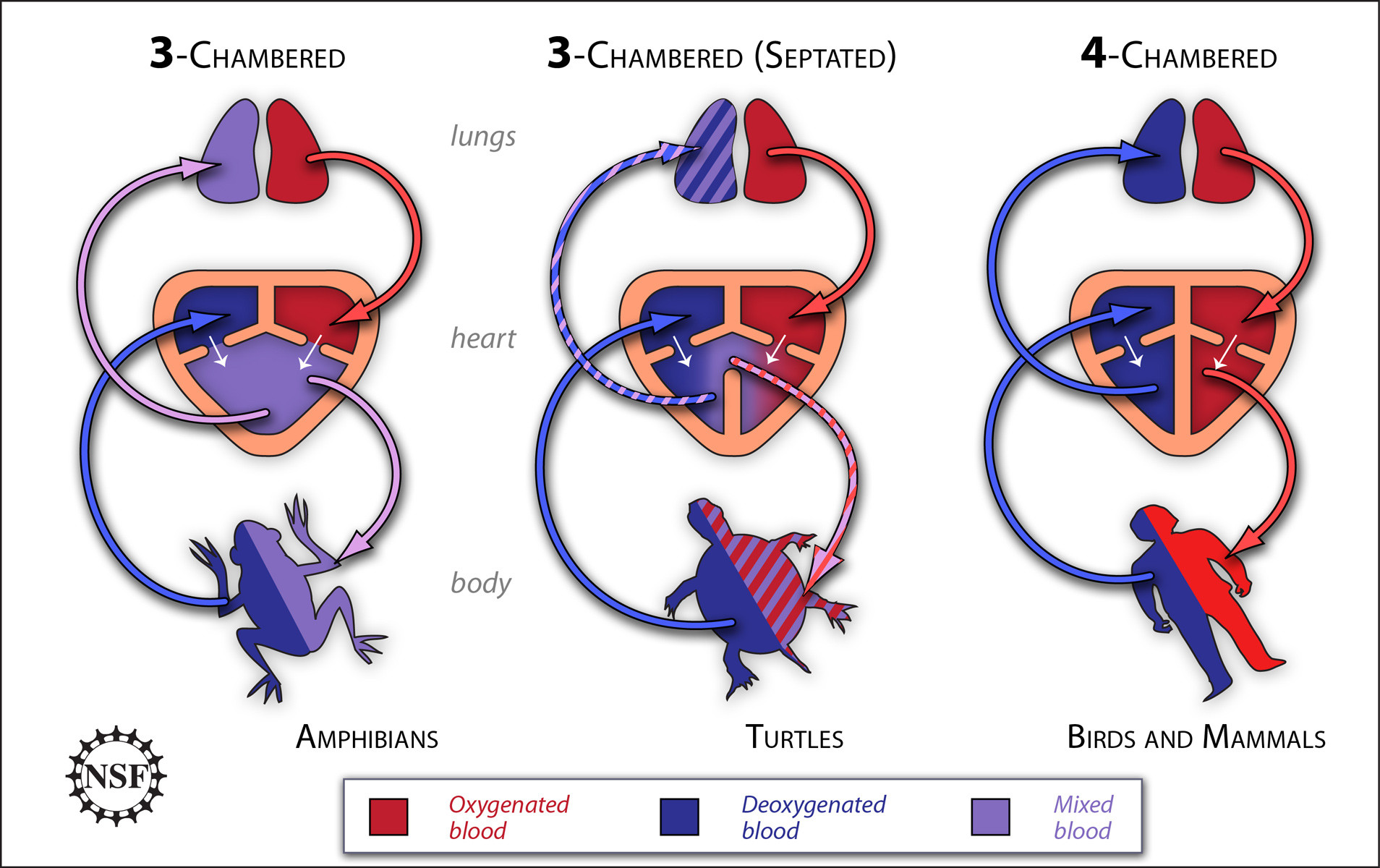This kind of question was raised in a book called "Darwin's Black Box" by Michael Behe, who is a biochemistry professor in the U.S. - he calls this 'irreducible complexity' (IC). For example, the blood clotting cascade system where you have a large number of components that are all apparently essential for the process.
Now I have to say I find the idea that this is a problem very unconvincing, to say the least. However, it's a reasonable question to ask; how does a system of interdependent elements evolve, if we assume that no part can change gradually without the whole system breaking?
There are - at least - two major problems with this. Firstly, the assumption that you can't change any part of such a system has mostly turned out to be false. Secondly, systems would obviously evolve from other, simpler systems which are just as effective.
Say I start out with three elements in my system (three proteins, for example). They are all essential as each requires the other to function properly. Now I introduce another protein to the system and make it dependent on only one of the existing proteins. Is this system IC? No, we can remove the new protein and the whole thing still works. Gradually, we make the other parts of the system dependent on the new protein and suddenly we have an 'IC' system.
In other words, the 'problem' lies in imagining that you have to go from nothing to a complete working mousetrap. What seems more likely is that elements of a system are changed one by one, and that the system evolves through a series of states where you could point to some element and claim that it is essential.
One final point to note is that no multicellular organism is born whole in one step. The processes that an embryo goes through are conceptually similar (though not exactly ) to evolution in that you can have different organs developing at different times, or simpler versions of them that can work together as a simpler system.
To make this a little less abstract, consider the earthworm example given in the top answer. It has just a simple heart(s) and blood vessels - it doesn't seem that difficult, therefore to add in some lungs. Here's a trivial diagram:

The lines here are interactions between the organs - the heart pumps blood through the vessels, and the lungs (if any) oxygenate the blood. We evolve from the simpler system (1) to the more complex system (2) just by adding another element.
However, the difficulty with some systems is that the interactions between the parts are dependencies. A very simple example could be proteins that activate/deactivate other proteins (by phosphorylation, say). Then we could theoretically get a situation like this:

Here, the final system (4) looks like it is 'irreducibly' complex because you can't remove any of (A, B, C, D) without breaking the cycle. However, at each step, we only added or removed one dependency. This also shows the importance of redundancy in biological systems. If you knock out either C or D from system (3) then it still works.





